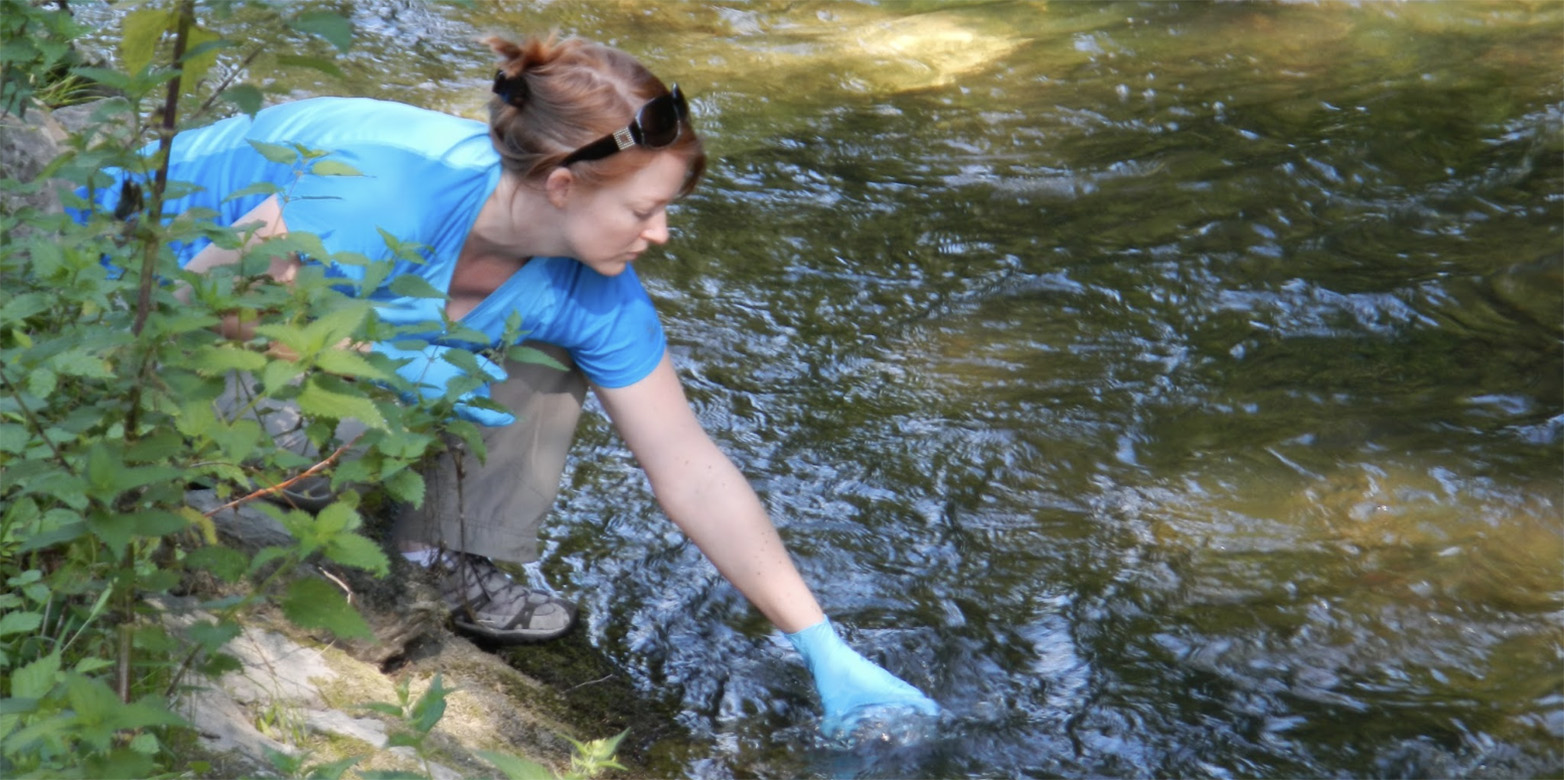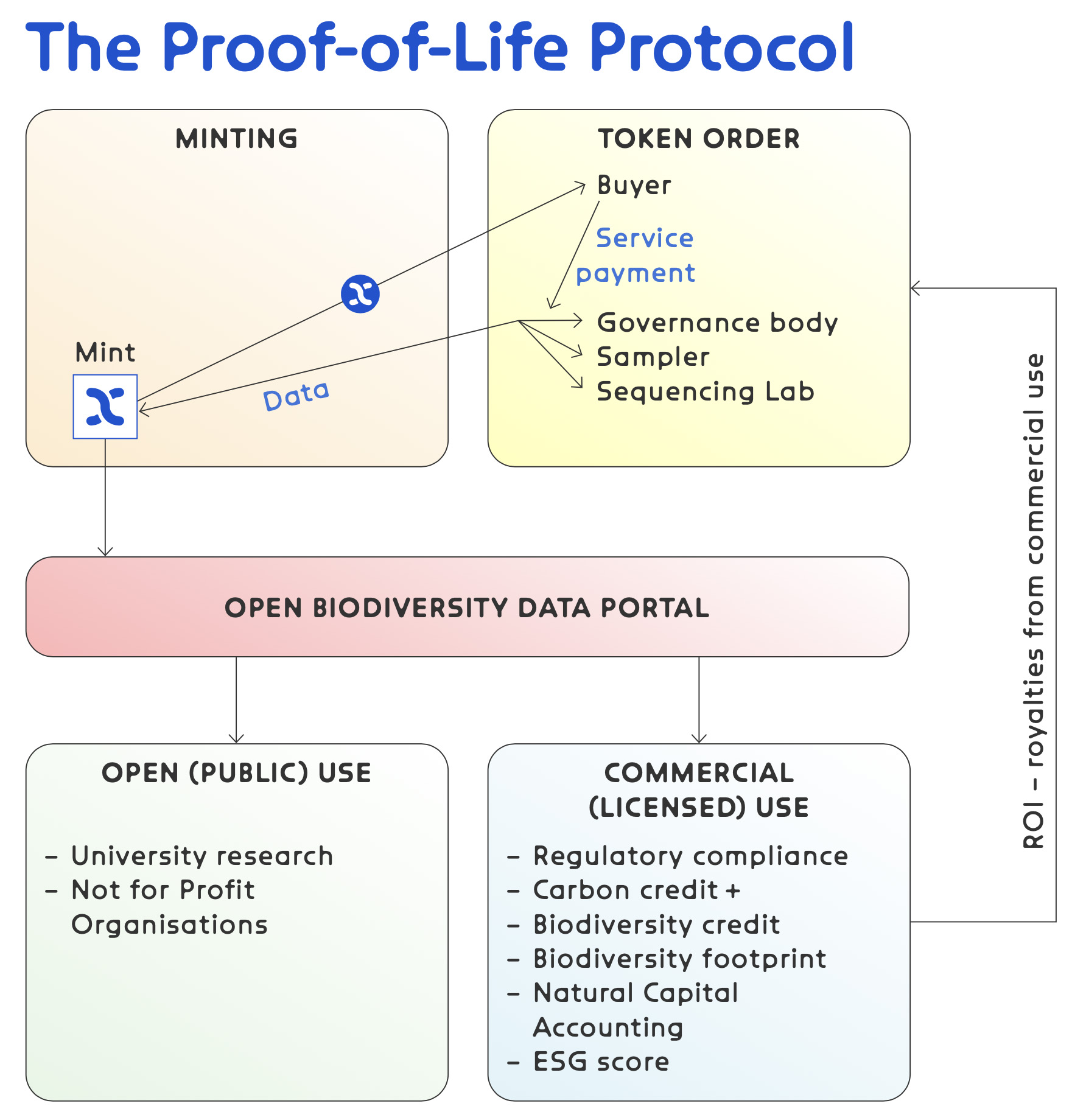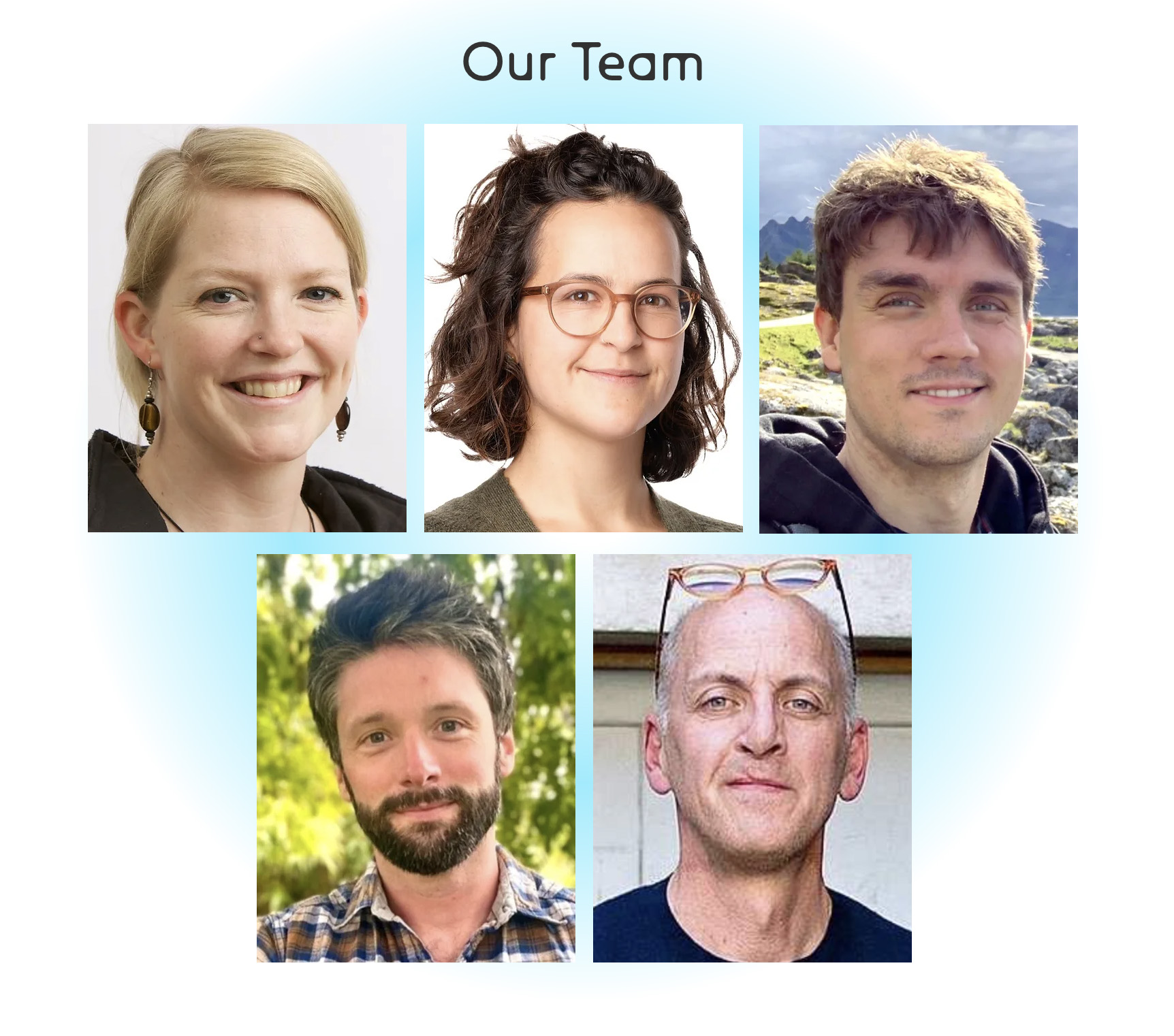A global platform for biodiversity monitoring
New environmental standards and regulations require corporations to monitor their biodiversity risks and offset their impact on nature. ETH Spin-off SimplexDNA has developed a methodology that enables global biodiversity monitoring.

The earth’s ecosystems are stressed due to population growth, political risk, resource extraction, and CO2 emissions. If we want to save life on our planet, we need to act immediately. As new regulations on environmental impact are imposed, large internationally active corporations are setting biodiversity targets requiring them to monitor their operations' biodiversity impact. To achieve this, they need a simple and scalable tool.
SimplexDNA’s Proof-of-Life Protocol (PoL) proposes a global biodiversity monitoring system financed by digital tokens linked to environmental DNA (eDNA) sampling.
From standard kits to minting Franklin Tokens
Biodiversity monitoring with conventional methods is sporadic, expensive, and unsuitable for measuring regeneration at scale. This is where SimplexDNA’s Proof-of-Life Protocol comes into play.
Kristy Deiner, ETH professor and co-founder of SimplexDNA, explains: “Every life form sheds unique DNA as it moves through the world.” This DNA can be collected and sequenced from water, soil, and air. Taking these samples must be a simple process and cheap. SimplexDNA developed an inexpensive and accurate sample kit that consists of a syringe and a filter. Anyone can draw up a syringe and push the water through the filter. The DNA captured in the filter is then extracted and analysed in the SimplexDNA lab. “A single eDNA sample detects most of the many thousands of species present in any location,” adds Kristy.
“A single eDNA sample detects most of the many thousands of species present in any location.”Kristy Deiner
The risk of biodiversity loss is particularly accentuated in poor countries. “We needed to find a system that works globally,” says Kristy Deiner. Hence, blockchain technology lent itself. A blockchain protocol can be used as a coordination tool that allows the automation and programming of a set of rules. It makes sampling and analysis easy, traceable, and verifiable. All in all, a very transparent system that other databases are not because not all data is openly shared.
Proof-of-Life Protocol
Each eDNA sample taken is linked to and financed by digital tokens. The tokens were named Franklins – after the pioneering geneticist Rosalind Franklin – and represent the original sequence readout of life forms detected at a particular place and time. The market buys Franklins and a network of local samplers earns an income (plus royalties) from monitoring species in the surrounding ecosystem. The Franklin will enable the creation of an open-access database that tracks changes in biodiversity over time.

“New compliance mechanisms require financial institutions and companies to monitor their biodiversity risks and offset their impact on nature.”Kristy Deiner
Kristy Deiner sees a huge investment opportunity for Franklins as the total addressable market for wildlife and conservation is estimated at $80 billion per year. “This will rise as new compliance mechanisms require financial institutions and companies to monitor their biodiversity risks and offset their impact on nature”, she says.
Outlook
SimplexDNA’s ambition is to build the world’s first open global biodiversity monitoring database using tree-of-life sequencing of eDNA. The PoL protocol will be developed and overseen by an independent governance body. While SimplexDNA is the primary sequencer of Franklins – they have laboratories in Winterthur -, the governance body is responsible for financing, organising, recruiting aspects, and outreach.
SimplexDNA is actively looking for financing to build and scale the Franklin. The goal is to use its cutting-edge molecular and digital technology to forge a long-term biodiversity monitoring platform that serves the planet - and ultimately all human and non-human lifeforms.

Contact/Links:
Do you want to get more "News for Industry" stories?
external pageFollow us on LinkedIn
Are you looking for research partners at ETH Zurich?
Contact ETH Industry Relations
ETH spin-offs: facts and figures
Since 1973, 540 spin-offs have been founded at ETH Zurich. ETH transfer, the technology transfer office at ETH Zurich, supports recognized ETH spin-offs in the founding process and in their first years of operation.
With the help of the Pioneer Fellowship Programme, funded by the ETH Foundation, young researchers can develop innovative products and services based on their scientific work at ETH Zurich. A Pioneer Fellowship is awarded to young ETH entrepreneurial minds intending to develop a highly innovative product or service to be exploited commercially and/or for the benefit of society.
Offers for entrepreneurs at ETH
Press release ETH spin-offs January 2023: Digital twins, new cancer treatments and three unicorns
